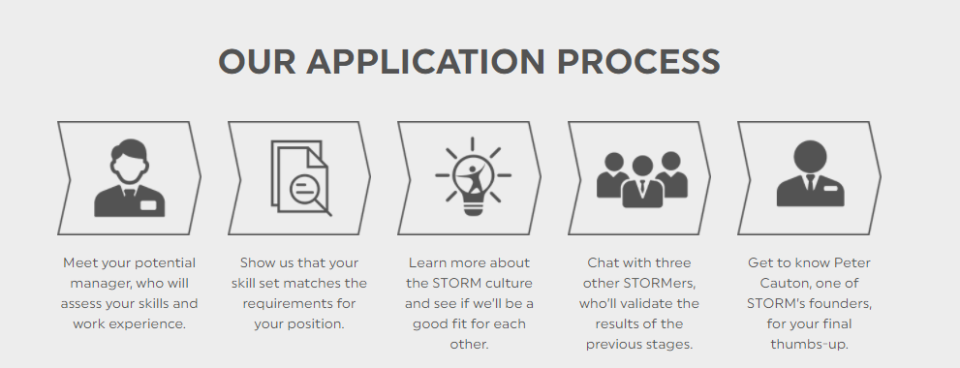This is what happened when we implemented a flexible work policy
Sure, flexible work means employees stop going to the office on Fridays, but is this a problem?
Did you know that your employees’ job satisfaction is affected by the time they spend commuting to work? In England, the average acceptable commute time falls from 48 to 60 minutes per day which is fairly the same in the US where they spend 50 minutes per day.
Each extra minute reduces job and leisure satisfaction of people, not to mention how it takes a toll on their mental health. Researchers found that adding 20 minutes to the total commute time has the same negative effect on job satisfaction as getting a 19 per cent pay cut.
Bringing that closer to home, we know that in the Philippines it takes an average of 45.5 minutes to commute from work to home- that’s just one way!
The average acceptable commute time may be different in Southeast Asia, but the effects of the long commute time is apparent in the employee’s’ job satisfaction, productivity, health, and personal relationships.
A popular possible solution to addressing the employees’ woes against traffic is the implementation of Flexible Working Hours. The Philippine government mulled over this as a future policy and now there are even laws and guidelines in place.
Still, a lot of businesses are having a difficult time implementing flexible working arrangements due to multiple, compounding factors.
Also Read: Fintech to cause decline in Asian banks
We started ROWE two years ago and we enjoyed a level of flexibility before the company was formally launched.
This is what we learned:
Trust your employees.
Question why timekeeping is even necessary and employers will arrive to the conclusion that the reason is because they do not trust their employees to do their jobs.
This IS the first and biggest thing step to take. It means unlearning all of the knowledge and practices that ruled current HR policies.
In STORM, we did this drastically. We just suddenly lifted all timekeeping practices. Biometrics by the doors are used solely to enter the office, not to take logs. With larger firms, it might be easier to start experimenting with teams first.
Try giving the option of working outside the office and see how it affects them and the workers around them.
Set up rules and metrics anyway.
Every company will need rules.
People are going to ask about how flexible work arrangements will affect their vacation leaves or filing for overtime work. Founders need to be ready with an answer.
Again, if the current policies are not matched for flexible work arrangement, challenge the policy. Go back to the rationale of the policy and then modify as needed. Metrics should be in place to see how productivity, satisfaction, and engagement are affected by the new flexible working arrangements.
Let the data dictate the next moves. At the end of the trial, if flexible working hours does not pan out, at least there is data to study later in case the company wants to try it again!
Hire the right people
There are three common values and traits of people who thrive in an environment with this much freedom:
Innovativeness
Achievement and recognition
Risk propensity
In STORM, we screen people based on our core values which include entrepreneurial spirit and relentlessness that covers all three aforementioned values and traits. Not to mention, since trust is an important element in the flexible work arrangement, companies have to hire people based on how much the team can rely on them.
This might mean rethinking the recruitment process altogether.

Make going to the office fun
When we started the company-wide flexible working arrangement, one of our CEO’s main concern was the fact that less people come in the office on Fridays.
I had the same sentiment at the start so I attempted to answer one main question: Is that such a bad thing?
It turns out that it was not. Nonetheless, we still had to incentivise employees to invest in social equity by coming together in the office for collaboration work and engagement activities.
One thing that changed was the way we manage events. We started to schedule them mostly in the middle of the week (Wednesday afternoons and Thursday nights usually) to ensure high participation rate while respecting the employee’s choice to work from home on Fridays.

At the start of this year, most businesses said that they would put “implementing flexible working hours” high on their agenda due to increased demand from employees.
Attracting and keeping amazing people in the company is the most, if not only, significant concern that businesses should focus on.
Also Read: First Person: What it is like working for an Israeli startup
Hearing employees out and giving flexible working hours a try is a more than worthy effort to embark on.
Steve Jobs said it best:
“It doesn’t make sense to hire smart people and tell them what to do; we hire smart people so they can tell us what to do.”
—
If this is the kind of flexible work environment that you find yourself comfortable with, we’re hiring! Visit STORM’s Careers Page today.
The post This is what happened when we implemented a flexible work policy appeared first on e27.



